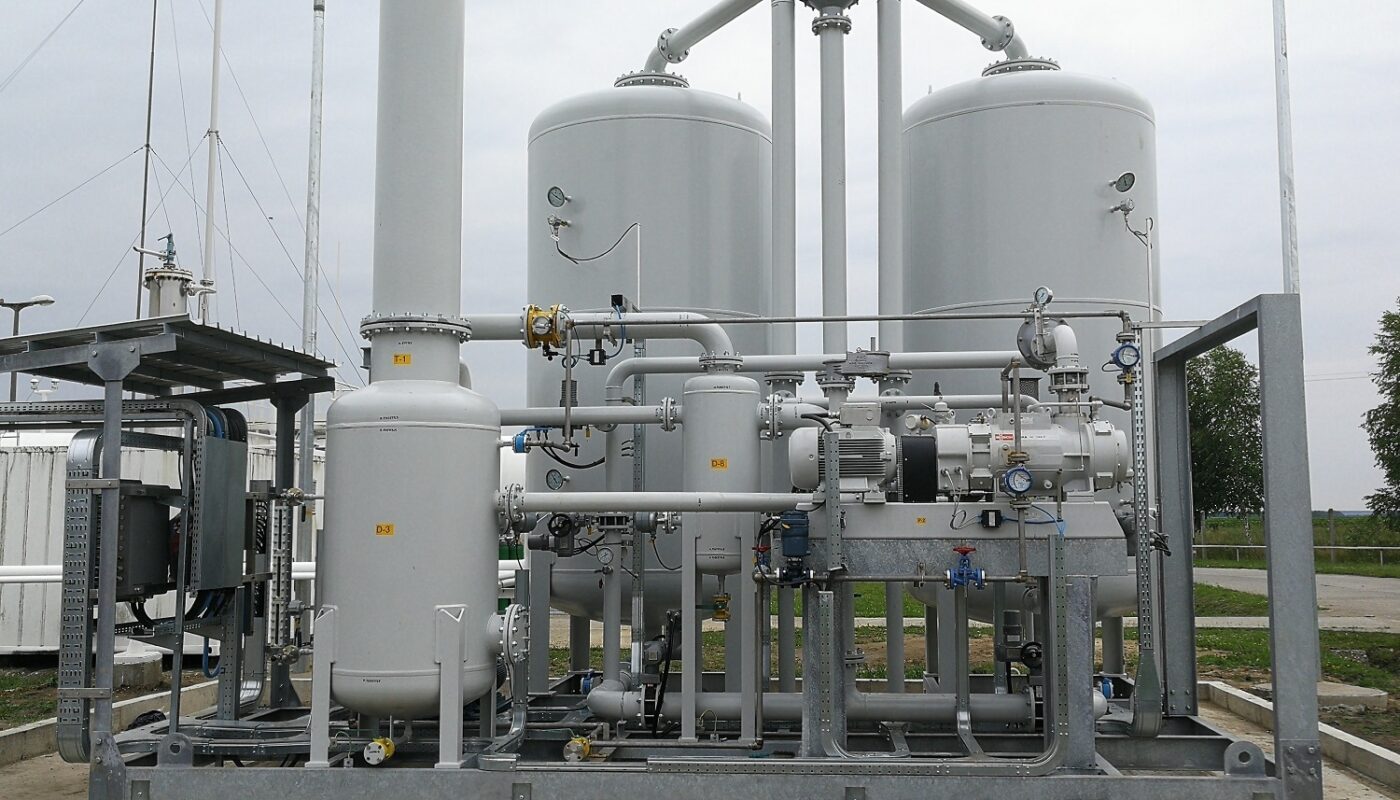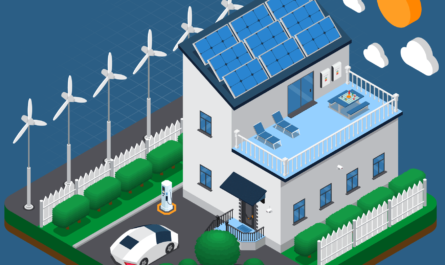What Are Vapor Recovery Units?
Vapor recovery units (VRUs) are systems used to capture vapors that would otherwise escape during the loading and unloading of volatile liquid products like gasoline. They work by utilizing vacuum assistance to draw vapors from the vapor space of tanks and transport trailers into a closed-loop system where the vapors are compressed and routed back into the liquid storage vessels or product pipelines.
Types of Vapor Recovery Units
Point-of-Loading VRUs
Point-of-loading VRUs, also called stage 1 VRUs, are installed at the vapor connection points where volatile products are loaded into storage tanks or transported via tanker trucks and trailers. They capture displaced vapors during the loading process to prevent their release into the atmosphere.
Process VRUs
Process VRUs, also referred to as stage 2 VRUs, are integrated into the Vapor Recovery Units process itself. They boost and compress vapors collected by stage 1 VRUs before routing them to a vapor return line or combustion device for safe disposal. Process VRUs help ensure maximum vapor recovery.
VRU Design and Components
Though VRU models vary between manufacturers, they generally share the following key design elements and components:
Vacuum Pumps – High-capacity, liquid-ring or regenerative blowers that generate the vacuum needed to induce vapor flow.
Compressors – Used in process VRUs to increase vapor pressure for routing recovered vapors back into the liquid storage or transport vessels.
Vapor Piping – Carries displaced vapors from loading arms and storage tank vapors spaces to the VRU intake and compressed vapors from the VRU discharge to return lines.
Controllers – PLC or computer-based units that monitor and manage VRU operations like vacuum level, temperature, and compressor load. Alarms indicate when conditions exceed setpoints.
Vapor/Liquid Separators – Cylindrical vessels that separate entrained liquid from vapor streams using inertia to divert droplets downward.
Coalescing Filter Elements – High-efficiency filters that extract remaining liquid from vapor before compression.
The Role of Vapor Recovery Units in Compliance
VRUs play a critical role in helping regulated facilities like oil terminals, fuel distribution plants, and gasoline stations comply with air quality regulations governing volatile organic compound (VOC) emissions. Major drivers of VRU adoption include:
EPA RVP and Benzene Regulations – Limit the Reid Vapor Pressure (RVP) of gasoline during summer months and restrict benzene content to reduce smog and protect public health.
CARB Vapor Recovery Requirements – Stringent rules in California and other states mandate high VRU recovery efficiencies upwards of 98% to curb ozone precursor releases.
NSPS and NESHAP Standards – New Source Performance Standards and National Emission Standards for Hazardous Air Pollutants under the Clean Air Act compel facilities to install controls like VRUs.
State and Local Air Permits – Facilities risk permit violations and fines if their air emissions exceed permit limits, making comprehensive vapor capture via VRUs necessary.
Optimizing VRU Performance
To achieve the high vapor recovery levels mandated by regulations, facilities rely on VRU manufacturers to supply reliable, high-performing equipment and services to optimize operations. Some best practices for maximizing VRU efficiency include:
Proper Sizing – Ensuring the VRU is adequately sized relative to the vapor generation rates of loading/unloading equipment to avoid overloading.
Regular Maintenance – Conducting preventive maintenance per schedules to fix issues before they impact recoveries. Filters require frequent element changes.
Monitoring and Alarms – Utilizing the VRU control system to constantly check operating parameters and alert operators of process deviations.
Recordkeeping – Documenting all maintenance, downtime incidents, and VRU performance parameters per regulatory/permit requirements.
Training Operators – Educating staff on optimizing loading/unloading procedures and proper VRU operation to minimize released vapors.
The Benefits of VRU Vapor Recovery
By reducing VOC emissions that lead to ozone formation, VRU systems confer significant air quality and regulatory compliance advantages for fuel handling facilities. Recovered vapors also cut product losses, lowering operational costs. Proper VRU specification and optimization can:
Attain 98% or better vapor capture efficiencies to satisfy stringent CARB and NSPS limits.
Prevent millions of pounds per year of VOC emissions from entering the atmosphere across the fuel distribution industry.
Slash the risk of permit exceedances, notices of violation, and non-compliance penalties from regulatory agencies.
Recycle valuable petroleum products like gasoline that would otherwise evaporate, recouping losses valued at thousands of dollars annually.
Promote a favorable public image and goodwill by demonstrating commitment to environmental protection and regulatory stewardship in the community.
Vapor recovery units play an essential yet invisible role in mitigating air pollution from gasoline, helping ensure fuel facilities compliantly and sustainably serve society’s energy needs into the future. When equipped with robust, high-quality VRU equipment and backed by ongoing optimization measures, operators gain a powerful VOC control solution.
*Note:
1. Source: Coherent Market Insights, Public sources, Desk research
2. We have leveraged AI tools to mine information and compile it




